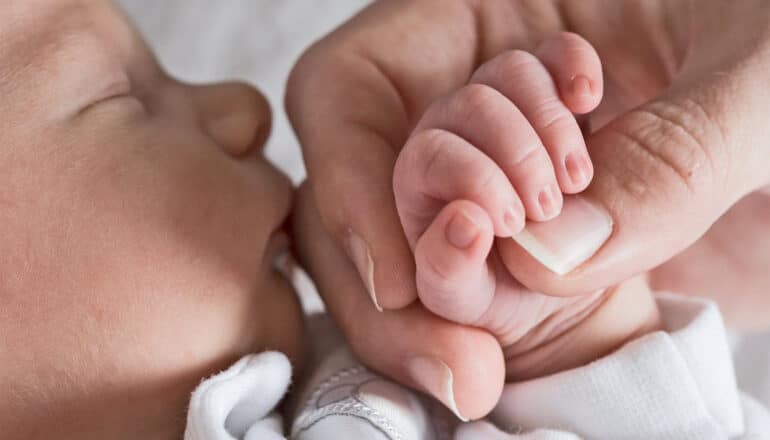Infant abuse goes down when parents get paid family leave
- Paid family leave policies have been shown to reduce infant abuse by 14% in states that offer such programs.
- The study found that substantiated cases of maltreatment declined by 22%, and home removals due to unsafe conditions dropped by 46% compared to states without paid family leave.
- Researchers suggest that access to paid family leave may help parents better afford basic needs, improve mental health, and reduce stress, all of which could contribute to a decrease in child abuse reports.
- The study’s findings have significant implications for government budgets, with potential cost savings estimated at $31 billion annually spent by child protection agencies.
- Paid family leave policies are available in 13 US states and the District of Columbia, and are under discussion in several other states, with support from organizations such as the Centers for Disease Control and Prevention.

Infant maltreatment drops significantly when parents gain access to paid family leave, according to a new study.
The study indicates such policies are not only good for children but also could reduce the burden on child protection agencies—and maybe even ease the associated budgetary strain on governments.
Lindsey Rose Bullinger, an associate professor in Georgia Tech’s School of Public Policy, worked with researchers at the University of Connecticut and the nonprofit Prevent Child Abuse America to analyze US government data from the National Child Abuse and Neglect Data System.
In their new paper, Bullinger and her colleagues reported that, in states with paid family leave, reports of infant maltreatment fell 14%, substantiated cases of maltreatment declined 22%, and home removals due to unsafe conditions dropped 46%. Those reductions are all compared to states without such programs.
“There are several possible explanations for why access to paid family leave would reduce reports of child abuse,” Bullinger says.
“One is that paid family leave might help parents better afford basic needs. It could also be that paid leave helps improve parents’ mental health and reduce stress.”
In addition to uncovering the positive impact of paid family leave on babies, Bullinger says the study also potentially opens a new line of discussion about paid family leave.
While the debate over paid leave often centers on the cost to businesses, the researchers say policymakers might want to take another look at such policies not only because of the positive impacts for infants and families, but also because of the potentially positive budgetary effects of leave programs on other programs.
“There are potentially vast implications for government budgets and other macroeconomic factors,” the authors wrote in their paper.
“In addition to demonstrating possible cross-program interactions between family services and employment services, this work may in turn offer a more complete cost-benefit analysis of PFL programs.”
Child protection agencies spent about $31 billion in 2023, according to the nonprofit research organization Child Trends.
State-sponsored paid family leave programs are available in 13 US states and the District of Columbia and is under discussion in several other states. Many federal employees are eligible for paid family leave, but there is no national requirement.
Support for the research came from the Centers for Disease Control and Prevention.
The paper appears in Child Maltreatment.
Source: Georgia Tech
The post Infant abuse goes down when parents get paid family leave appeared first on Futurity.
